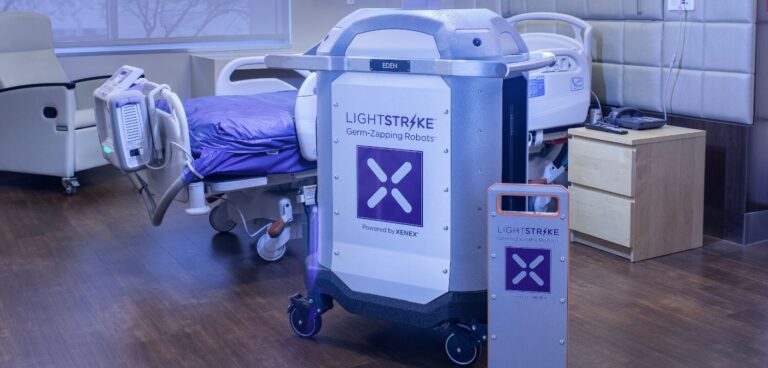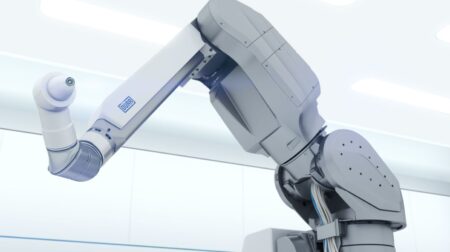After the recent outbreak of Candida auris (C.auris) fungus in hospitals worldwide, certain medical sites have implemented the Xenex Disinfection Services’ (Xenex) LightStrike UV room disinfection robot to control the spread of the fungus, which can contaminate medical facilities and kill patients.
According to research from the Center for Disease Control and Prevention (CDC), the C.auris fungus has been spreading at an “alarming rate” throughout healthcare facilities.
Xenex commented that, in response to the threat, its LightStrike robots have been deployed at more than 1,000 hospitals across five continents, including the US.
The UV robots have been installed at Minnesota’s Mayo Clinic, Houston’s MD Anderson Cancer Center, Phoenix’s HonorHealth system and more than 130 US military and Veterans Affairs medical facilities across the country.
What’s more, Netcare Hospitals in South Africa conducted a study of the robots, which revealed that the Xenex LightStrike is 99.6% effective at deactivating the C.auris fungus, after the completion of a 10-minute treatment cycle.
Morris Miller, CEO of Xenex, said: “The LightStrike robot has a xenon lamp, when it pulses, it puts out broad-spectrum, high-intensity ultraviolet light that penetrates the cell wall, deactivating the cell and preventing it from replicating.”
The LightStrike robot works by beaming intense UV rays on floors, walls, countertops and other high-touch surfaces within healthcare facilities. This is intended to quickly deactivate viruses, bacteria and spores on surfaces and is effective against drug-resistant organisms found in hospitals.
Xenex reports having sold LightStrike in hotels, stadiums, arenas, schools, correctional facilities, and government facilities, as well as hospitals.









